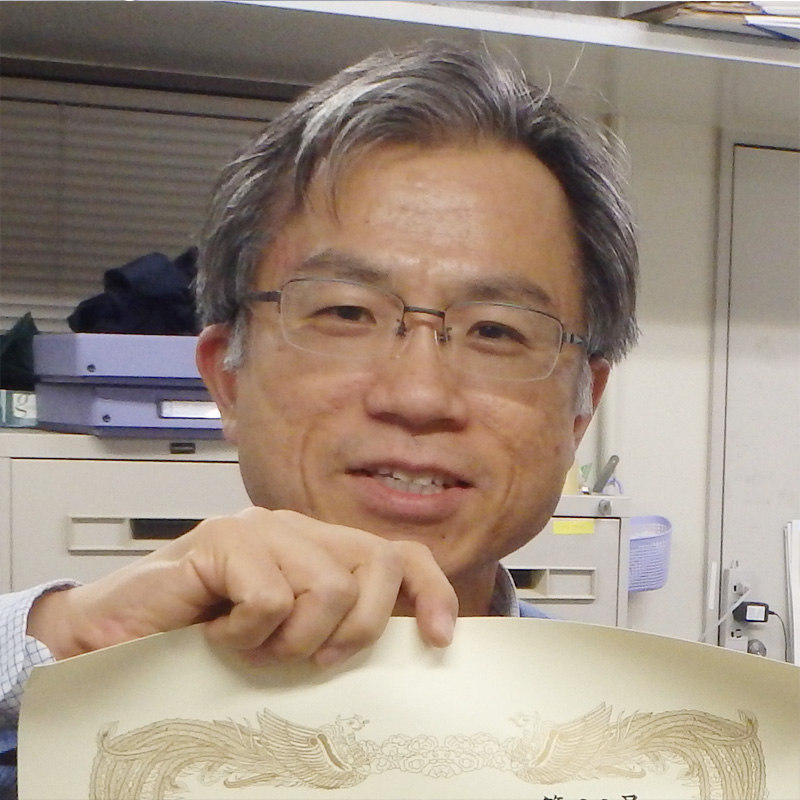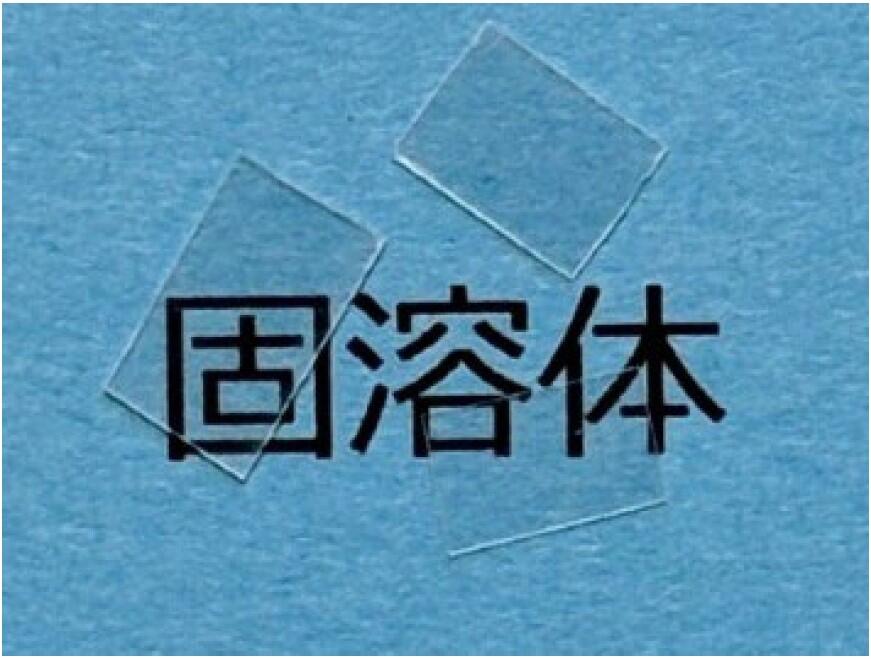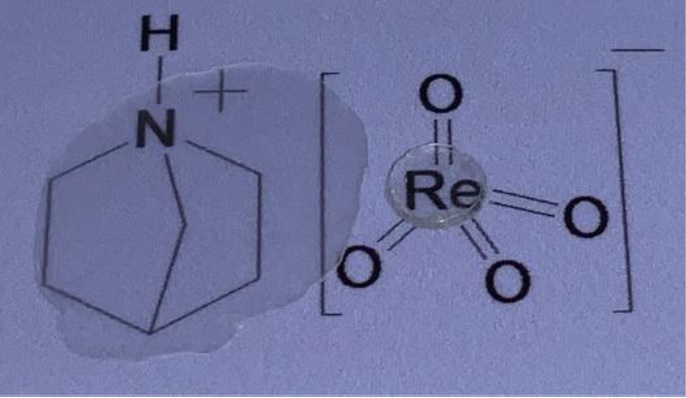HARADA Jun
Associate Professor
Development of high-performance functional materials using soft molecular crystals
Department of Chemistry, Physical Chemistry

| Theme | Development of lead-free, non-toxic high-performance functional materials using plastic/ferroelectric molecular crystals, which can be alternatives to or complements of the currently widespread lead-based ferroelectrics. |
| Field | Solid-state chemistry, Materials chemistry, Physical chemistry, Organic chemistry, Crystal chemistry |
| Keyword | ferroelectrics, piezoelectrics, pyroelectrics, plastic crystals, charge transfer complexes, molecular motions, phase transitions, crystal structures |
Introduction of Research
Ferroelectrics are materials that have a spontaneous electric polarization, the polarity of which can be reversed by inverting the external electric field. In addition to the polarization switching, ferroelectrics exhibit various functions such as pyroelectricity and piezoelectricity. There are widespread applications of ferroelectric materials such as nonvolatile memory elements, infrared sensors, and piezoelectric elements, which make ferroelectrics indispensable to modern technology.
We are currently developing molecular crystals exhibiting ferroelectricity. One of our focuses is plastic/ferroelectric molecular crystals; our original functional materials recently developed. The plastic/ferroelectric crystals have a soft crystalline phase (plastic crystal phase), where the symmetry of the crystal structure is high and belongs to the cubic crystal system. The high symmetry makes it possible to flexibly change the direction of ferroelectric polarization of the crystal in three dimensions by application of an electric field. Due to this directional tunability of the polarization, the plastic/ferroelectric crystals can exhibit ferroelectric performance even in polycrystalline forms, such as compaction pellets of powders and crystalline thin films. This makes a clear contrast to conventional molecular ferroelectric crystals, where ferroelectric performance is limited to single crystals on account of their low crystal symmetry. In addition to the above advantages, the plastic crystals show plastic deformation (malleability) at high temperatures, and their crystalline films are readily available by pressing the powders. Our group is currently challenging the development of plastic/ferroelectric crystals with high performance in functions such as ferroelectricity, piezoelectricity, and pyroelectricity.
Representative Achievements
Related industries
| Academic degree | Ph.D. in Science |
| Academic background | 1988-1992 Department of Chemistry, Faculty of Science, The University of Tokyo (B.S. in Science) 1992-1994 Department of Chemistry, Graduate School of Science, The University of Tokyo (M.S. in Science) 1994-1997 Department of Chemistry, Graduate School of Science, The University of Tokyo (Ph.D. in Science) 1997–1999 Postdoctoral Fellow at Tokyo Institute of Technology 1999–2012 Assistant Professor at Department of Basic Science, Graduate School of Arts and Sciences, The University of Tokyo 2012– Associate Professor at Department of Chemistry, Faculty of Science, Hokkaido University |
| Affiliated academic society | The Chemical Society of Japan, The Crystallographic Society of Japan, Japan Society of Molecular Science, The Japanese Photochemistry Association |
| Room address | General Research Building 7 7-302 |



